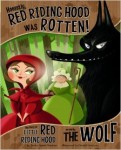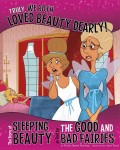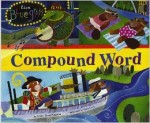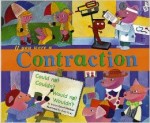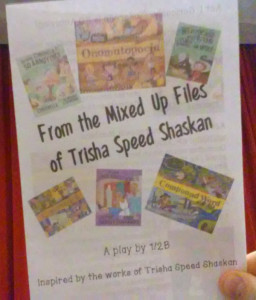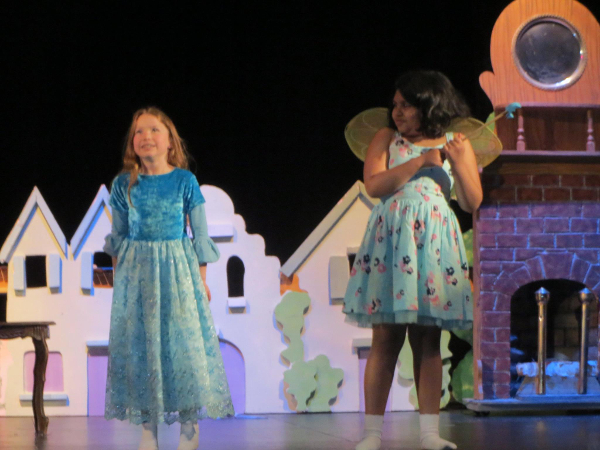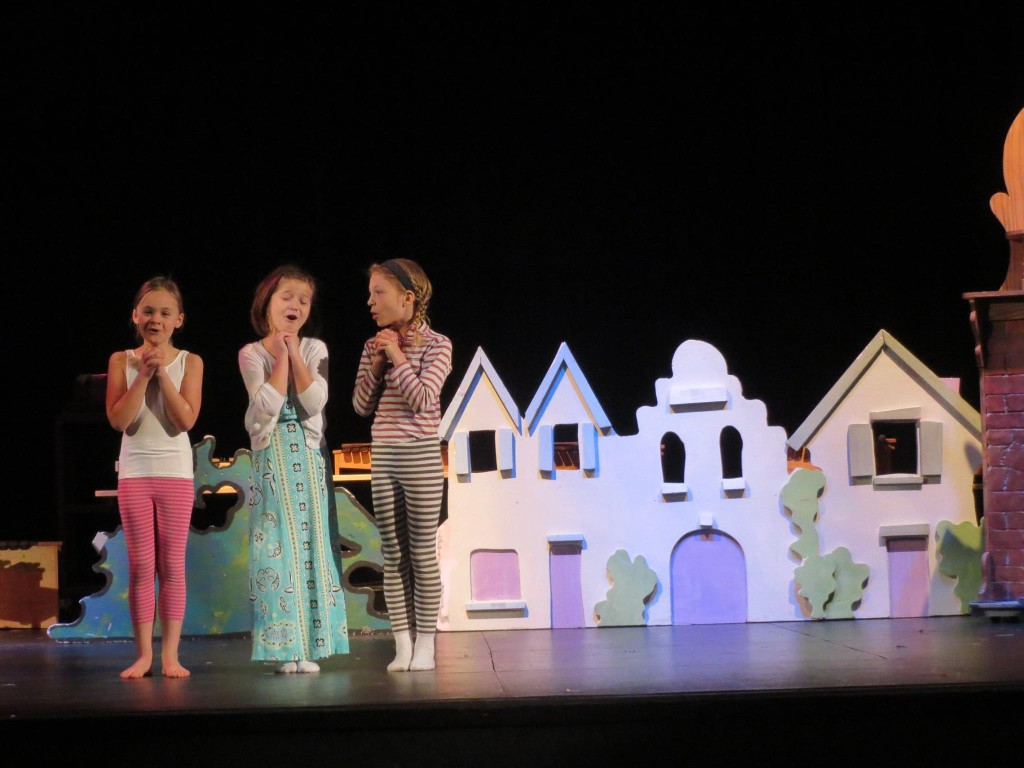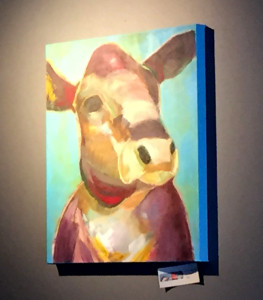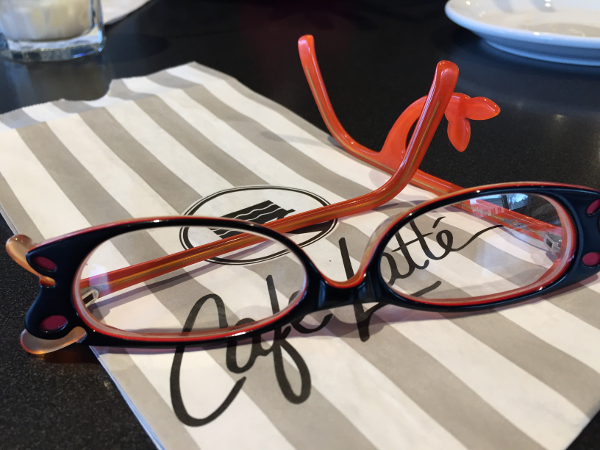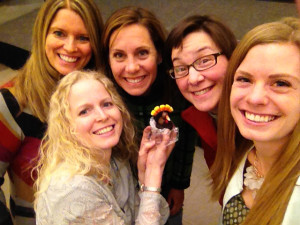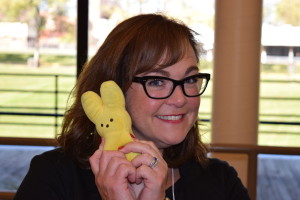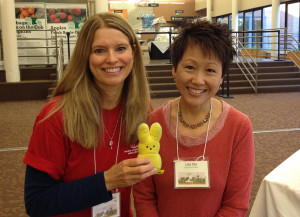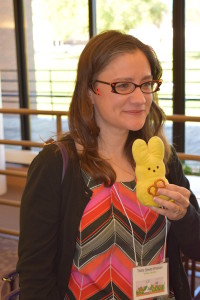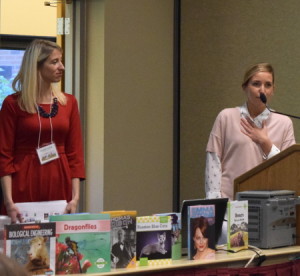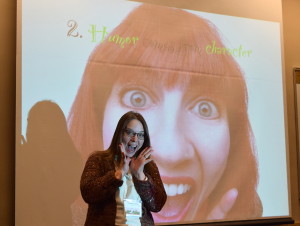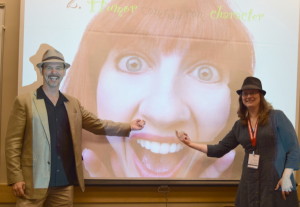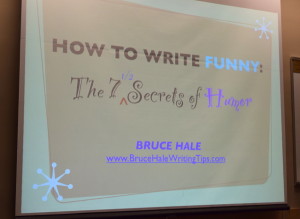Have I mentioned how honored I am to be mentored by Trisha Speed Shaskan? Seriously, I have to pinch myself. She’s witty and entertaining, with funny snort-laughs that make your heart happy. She’s accessible and sincere. In her you’ll meet an advocate and friend. And she’s humble, not intimidating, generously giving of her time to nurture the success of others. She’s all of this, despite her rock star accomplishments as a children’s author of over 40 books. What I’ve learned from her through observation in the past two months is how a true professional views and handles success.
Lesson #4: The formulas of success
Creativity given = success
Through Trisha I’m reminded how much our creativity is a gift to ourselves and others.Trisha is just as excited about the ideas in her head as the stories already published. She knows that each word is the beginning of something bigger and that success doesn’t begin or end at publication. As long as you are able to create, whether you’ve written one paragraph or 40 books, no magic number should make you want to retire to a beach (unless you’re bringing your laptop or notepad).
Creativity given = creativity >
A couple of weeks ago teacher Regina Santiago and the students in 1/2 B at Saint Paul Academy surprised Trisha with the ultimate compliment. They created a play, From the Mixed Up Files of Trisha Speed Shaskan, based on six of her picture books.
Trisha and her husband Stephen received VIP treatment during the performance, complete with programs. The actors proved they’d done their research. The mimi-Trisha narrator donned Trisha-style glasses, clothing, and hairstyle. She also incorporated Trisha’s mannerisms and words like “ridic” and “peeps.” Shaskan’s cat, Eartha, and dog, Bea, even received “mini-me” representation.
The young thespians created and performed stories . . .
sang songs . . . (masterminded by Stephanie Huss).
 and shared the sounds of their onomatopoeia machine invention.
and shared the sounds of their onomatopoeia machine invention.
Creativity given = giving >
I don’t think I’ll get over it. I’m floating! It’s just pure joy! ~ Trisha Speed Shaskan, after viewing THE MIXED UP FILES OF TRISHA SPEED SHASKAN
Through Trisha I’m learning that creativity shared can reach far beyond the confines of a book or story. The ripple effect of imagination can reach beyond our wildest dreams.
Lesson #5 How to handle success:
- With humor.
- With sincerity.
- With humility.
- With delight and gratitude in the unexpected.
- With open arms.
- With more creativity.
- Remembering every celebration is just the beginning.


